
A blog focusing on 1/64 diecast from such popular brands as Hot Wheels, Matchbox, Johnny Lightning, M2 Machines, GreenLight, Tomica, Yat Ming, Majorette, MotorMax, Siku, Corgi, Guisval, Playart, Ertl, Zylmex, Racing Champions, & many more. Swifty's Garage features a daily Car Of The Day and news updates from your favorite brands!
Monday, April 11, 2011
Car Of The Day: April 11, 2011
Today's car of the day comes from Firehawk73's collection and is GreenLight's 1978 Chevrolet Corvette Pace Car.
The Chevrolet Corvette (C3) is a sports car produced by the Chevrolet division of General Motors for the 1968 through 1982 model years. Corvette chief Zora Arkus-Duntov wanted a striking new Corvette; although engines and chassis components were mostly carried over from the previous generation, its body and interior were new. "Though initially flawed, the 1968 like the 1958, would improve and mature into a car precisely right for its time." The so-called Shark was produced during one of the most troubled periods in America: civil unrest, burgeoning federal guidelines, fuel economy and pollution regulations, oil embargoes, rising fuel and insurance costs, runaway inflation, and a lingering recession. Through it all the third generation Corvette continued to set new sales records with an all-time high of 53,807 produced for the 1979 model year.
For more information and pictures of the real car please visit: Chevrolet Corvette
A nice model from GreenLight, but this was not the peak year for the Corvette. Sadly, the reason why the Corvette was setting sales records during the late 1970s is because this was pretty much it for performance cars made in the USA. The Corvette, the Pontiac Trans Am, the Dodge Little Red Express, and to a lesser extent the Z28 Camaro. The Mustang Cobra II only produced a grand total of 139 arthitic ponies. Even being a Mustang fan, even being a fan of the mostly unloved Mustang II, I cannot in good faith call those performance car numbers. Thankfully the Corvette, Mustang, and American cars in general got better as the '80s turned into the '90s and beyond.
1978 was the Corvette's twenty fifth anniversary, and all 78's featured silver anniversary nose and fuel door emblems. A new fastback rear window was the most dramatic and noticeable styling change, giving the ten-year-old C3 Corvette body style a fresh lease on life. The fixed-glass fastback benefited both aerodynamics and increased the usable luggage space behind the seats while improving rearward visibility in the bargain. A shade was installed that could be pulled forward to cover the rear compartment to protect cargo and carpet against the unrelenting sun. The tachometer and speedometer were redesigned to match the new “aircraft styled” center console and gauge cluster first seen the previous year. Redesigned interior door panels were also new as well as an actual glove box was added in front of the passenger seat, replacing the map pockets of previous years. Available options now included power door locks, a power antenna, dual rear speakers and a CB radio. The optional convenience group, introduced the previous year, now included intermittent (delay) wipers, floor mats, and the passenger side vanity mirror was an upgraded illuminated unit. The base L-48 engine generated 185 hp (138 kW); Those destined for California or high altitude areas produced 175 hp (130 kW). Gone was the chrome-plated ignition shielding over the distributor, replaced with a metal-lined black plastic unit. The single-snorkel air intake used since 1976 was changed to a dual-snorkel set-up on L-82 equipped cars helping to boost that output to 220 hp (164 kW). L-82 engines were also now fitted with an aluminum intake manifold which saved 24 pounds compared to the cast iron unit of previous years. The Corvette converted to metric tires with the P225/70R15 as standard. Wider P255/60R15 tires were available as an option and required fender trimming from the factory for clearance. The fuel tank capacity increased from 17 gal to 24 gal on all cars. To make room for the larger tank, a smaller (P195/80D15) space saver spare tire was utilized.
Two special editions were offered to celebrate Corvette's 25th year. Before he retired, Bill Mitchell had suggested a Silver Anniversary model in his favorite color-silver, appropriately enough-and it appeared as the $399 B2Z option package. The first two-tone paint option offered since 1961, it presented silver over a gray lower body with a separating pinstripe, plus aluminum wheels and dual "sport" outside mirrors as mandatory options, which added another $380 to the cost. 6502 Indy-500 Pace car replica editions were produced featuring Black/silver two-tone paint, front and rear spoilers, mirror-tint roof panels and contoured sport seats. Reviewers praised the car's classic strengths including its impressive straight-line numbers, especially an L48/automatic's 7.8 second 0-60 time and top speed of 123 mph (198 km/h), and noted its more refined, less rattling ride. On the other hand, they continued to note its weaknesses, like a rear-end that tended to step out during sharp maneuvers and a cabin that was still cramped and uncomfortable.
Road & Track took a 1978 L82 to 60 mph (97 km/h) in just 6.6 seconds, 127 mph (204 km/h) flat out, and covered the quarter-mile in 15.3 seconds @ 95 mph.
1979 saw the crossed-flag emblems on the nose and fuel door revert to the those seen on the '77 model. Three popular features introduced on the '78 pace car replicas made it into this year’s production; The new bucket seats, the front and rear spoiler package, and the glass roof panels. The new lightweight “high back” seats were made standard equipment. The new seats had better side bolster, provided easier access to the rear storage area, and the seat pair resulted in a weight reduction of about 24 pounds. The bolt-on front and rear spoilers were offered as an option and nearly 7,000 cars were ordered so equipped. Functionally, the spoilers decreased drag by about 15% and increased fuel economy by about a half-mile per gallon. A bigger hit were the glass mirror-tint roof panels, now a regular option, with nearly 15,000 cars so fitted despite their costing $365. All T-tops were now wired into the standard anti-theft alarm system. Tungsten-halogen high-beam headlights became standard as did an AM-FM radio, and for the first time a cassette tape player could be added as a $234 option. Heavy duty shock absorbers could now be ordered without the full Gymkhana suspension. An auxiliary electric engine cooling fan was first installed, but only on L-82 equipped cars with air conditioning. Rocker panels and rear window trim were painted black. Output for all engines increased due to new "open flow" mufflers. The dual-snorkel air intake introduced on L-82 cars the previous year was now fitted to all cars and the base engine now generated 195 hp (145 kW). The optional L-82 engine increased to 225 hp (168 kW). The M21 close ratio 4-speed transmission continued as an option at no cost but, as in previous years, could only be mated to L-82 engines. The wide ratio 4-speed continued to be available for all cars. Noteworthy is that about 82% of the cars were ordered with manual transmissions in 1968. In '79, less than 20% of the cars were delivered with manual gearboxes. This year reached an all-time high in Corvette popularity. Production hit its peak in 1979 at 53,807, a record that stands to this day.
The C3 fifteen year run shows an extreme contrast. The list price for the Corvette in 1968 was $4,663. By 1982 due mostly to inflation, the base price had increased to $18,290. In 1968 there were six engines, two small-block V8s and four big-block V8s. By 1982 there was only one small block V8 engine available. In '68 there were five transmissions, including four manual choices. By '82 there was one, a four-speed automatic. Although refined, emission standards and fuel economy concerns had changed America's only sports car.
Subscribe to:
Post Comments (Atom)

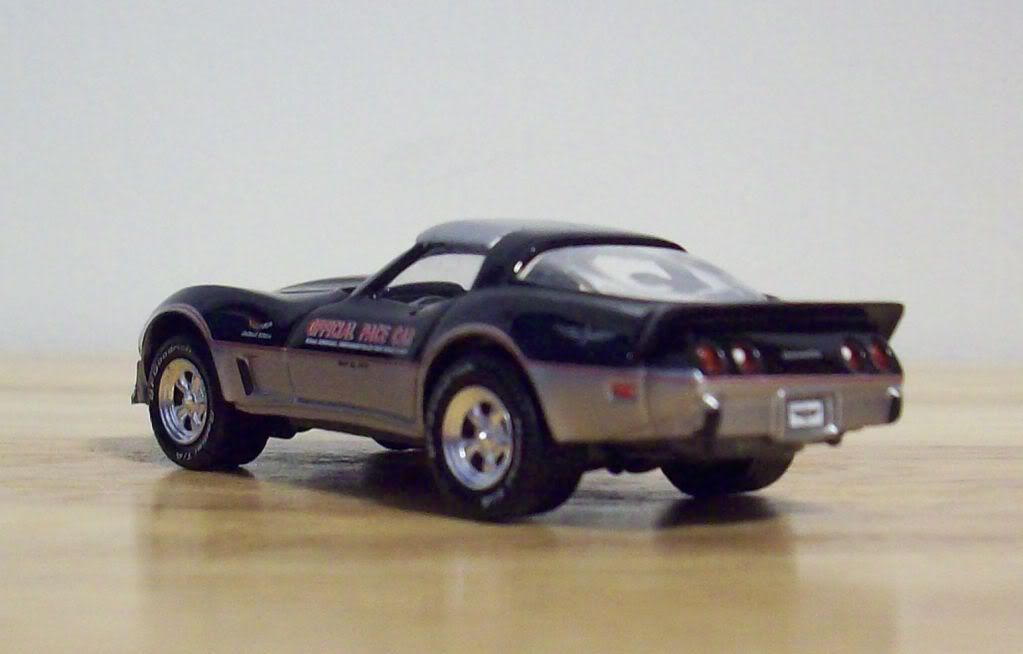
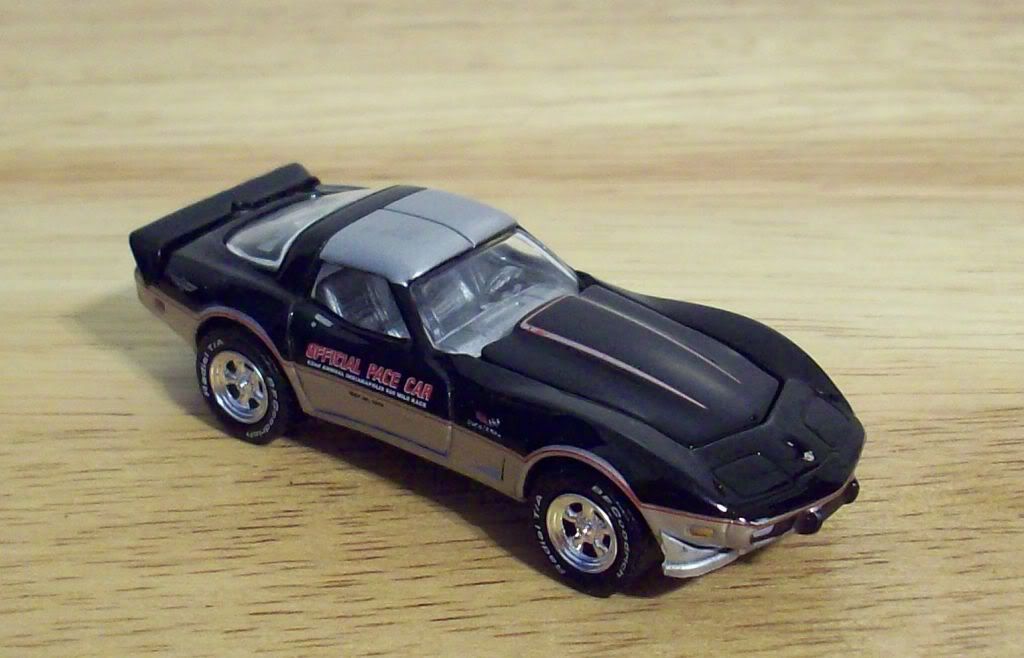
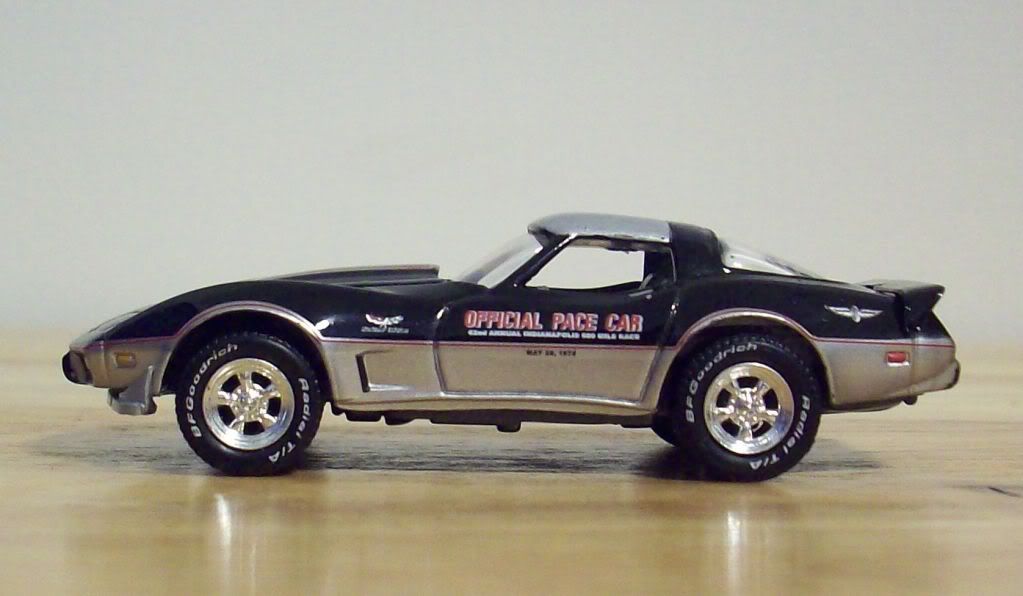
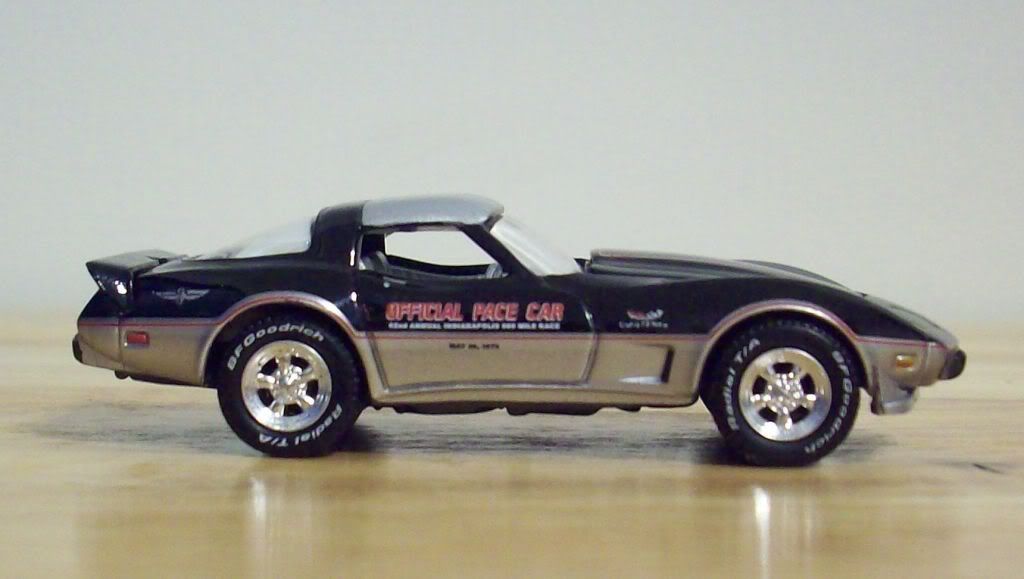
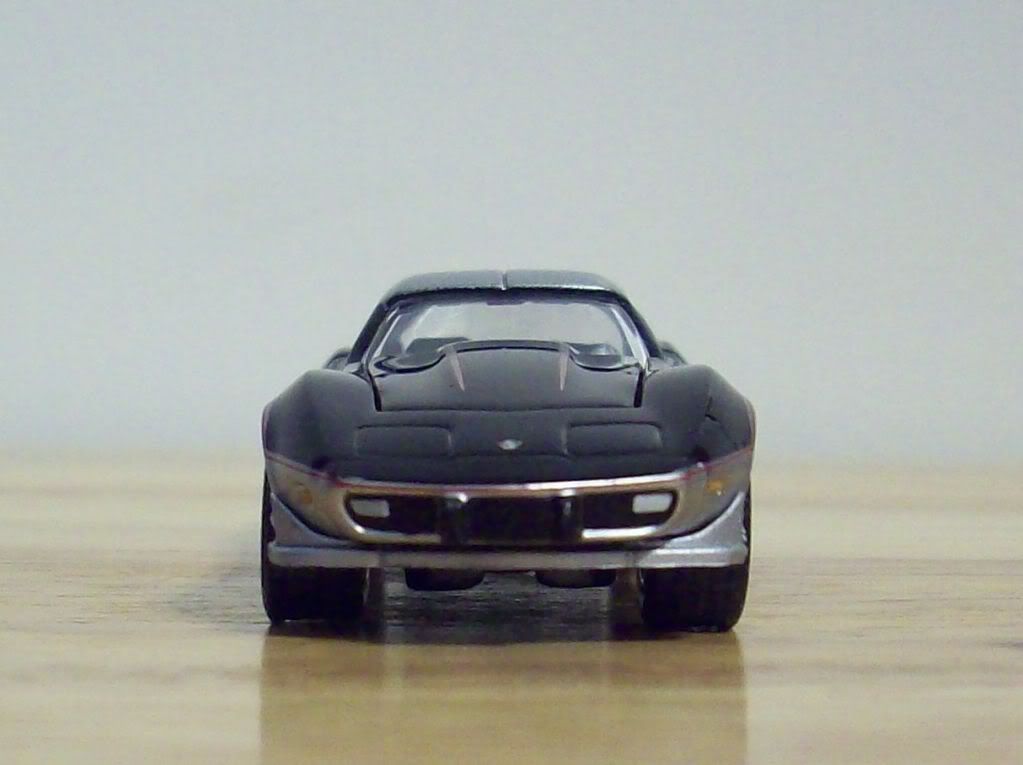
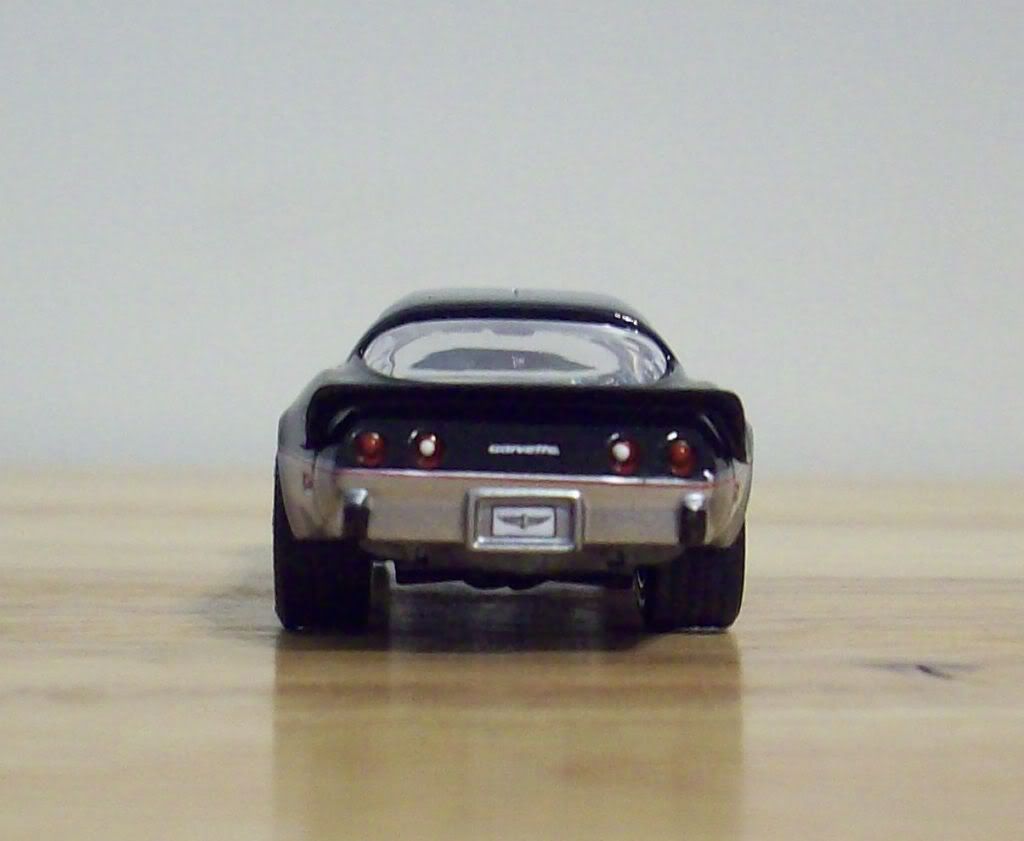
No comments:
Post a Comment